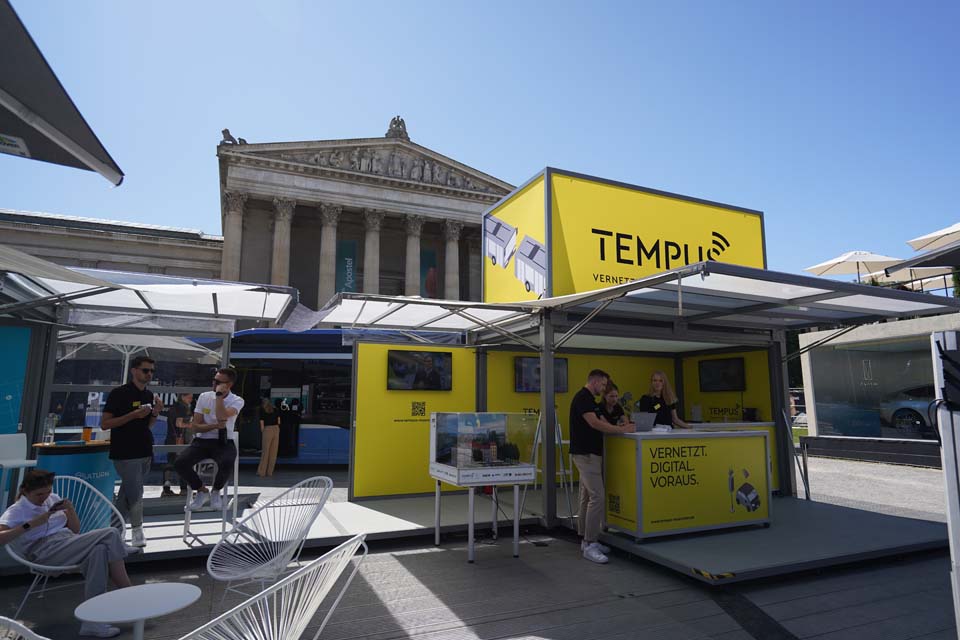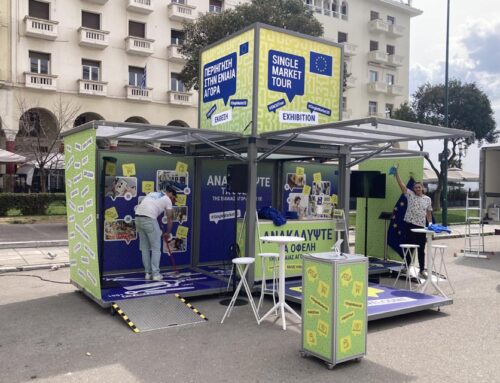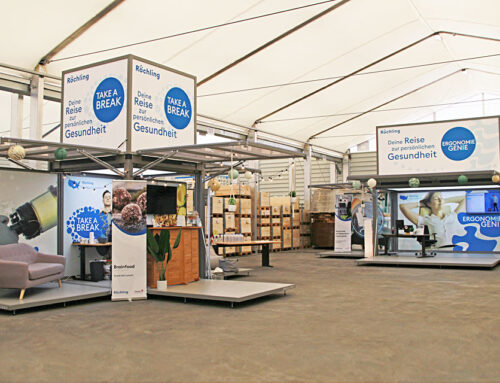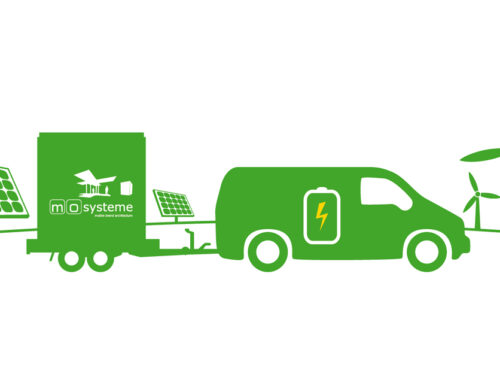A test field for automated and networked driving in the Munich city area, was presented in the open space area at the IAA 2023.
The IAA 2023 its may be over, but the tasks are ahead of us.
With the Tempus project, the state capital of Munich (Germany) has set itself the task of developing automated and networked driving in the city of Munich and the surrounding area. Tempus is a project group made up of thirteen partners from research, industry and administration, which has been supported with fundings from the Federal Ministry for Digital and Transport (BMDV) for 2.5 years since 2021 and is working together to research safe, sustainable and comfortable mobility .
The test field enables the testing and evaluation of a wide range of use cases relating to automated driving functions and innovative mobility services – for both individual and local public transport. Technological innovations are tested, evaluated and further used under real road conditions.
The Tempus project chose a modulbox MAX and its partner chose a modulbox for the outdoor event on the IAA open space site on Königsplatz in Munich. The modulbox systems offer a sustainable stand, so that the overall concept was sustainable. There is no waste and everything can be reused. In addition, the modulbox system is a weatherproof room that safely enables the integration of media tools. Beides the information stands, there were live presentations of the ride-parcel-pooling rickshaw, a platooning model as well as test and measurement vehicles and of course well-trained experts on site.

The exciting thing about the project is that all road categories from country roads to motorways are covered and gained by many insights. The vehicles used for this purpose are equipped with specific technology that provides information in real time to make better decisions within the driving process. For example, a technology is used that supports the virtual turning process in order to recognize cyclists at an early stage and the driver is then warned via a signal. The scenario is even more exciting when a bus comes to a red light and brakes, but the light turns green so that the bus is not slowed down at all but can accelerate safely. The research group of the Munich transport company (MVG, Munich municipal utilities plus partners) is testing the platooning technology for buses in the Munich municipal utility. The term platooning refers to the driving of several vehicles, especially trucks and buses, close behind one another using computer control. It has been a central research topic in the automotive industry for a long time. This technology enables higher capacity than with the classic articulated bus. This means that a bus is provided with a fully automated following bus and can drive behind it. The research team will also examine the topic of prioritization of emergency vehicles in more detail. How can the traffic light switching be aligned automatically?
Together with its partner BMW, Tempus integrates traffic-enabled guidance strategies, such as turning arrows on the road or solid lines, directly into the navigation. 3D animations are calibrated using drones that record metadata of the vehicles participating in traffic. Ride parceling is also in focus, looking at the behavior of bicycles that transport goods and how their integration into ongoing traffic can work.






